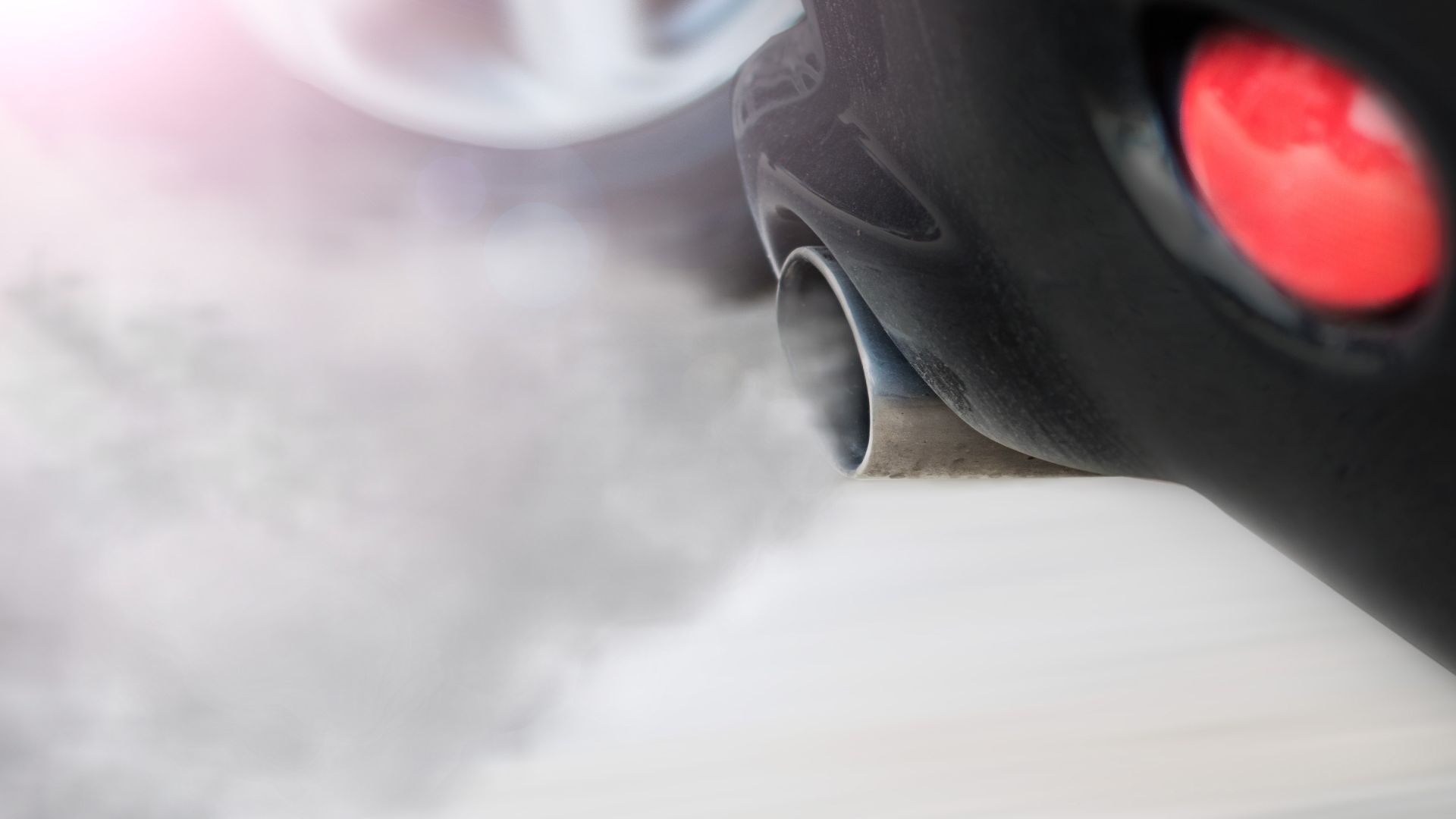
A new report into the particulate emissions of non-exhaust sources such as tyres has reached a rather shocking conclusion. One of the findings is that a modern diesel engine can actually CLEAN the air it’s driving through.
This is highly contradictory to some of the negative talk around diesel cars. The Emissions Analytics report opens the diesel discussion, saying “the truth is that they have emitted very few particles, at least in relative terms, since the broad introduction of diesel particulate filters a decade ago”.
“Filters are in fact so good, that in certain circumstances, when the ambient air is already polluted, a diesel car will tend to extract more particles from the air than it emits”.
Cleaning the air with diesel engines: nonsense?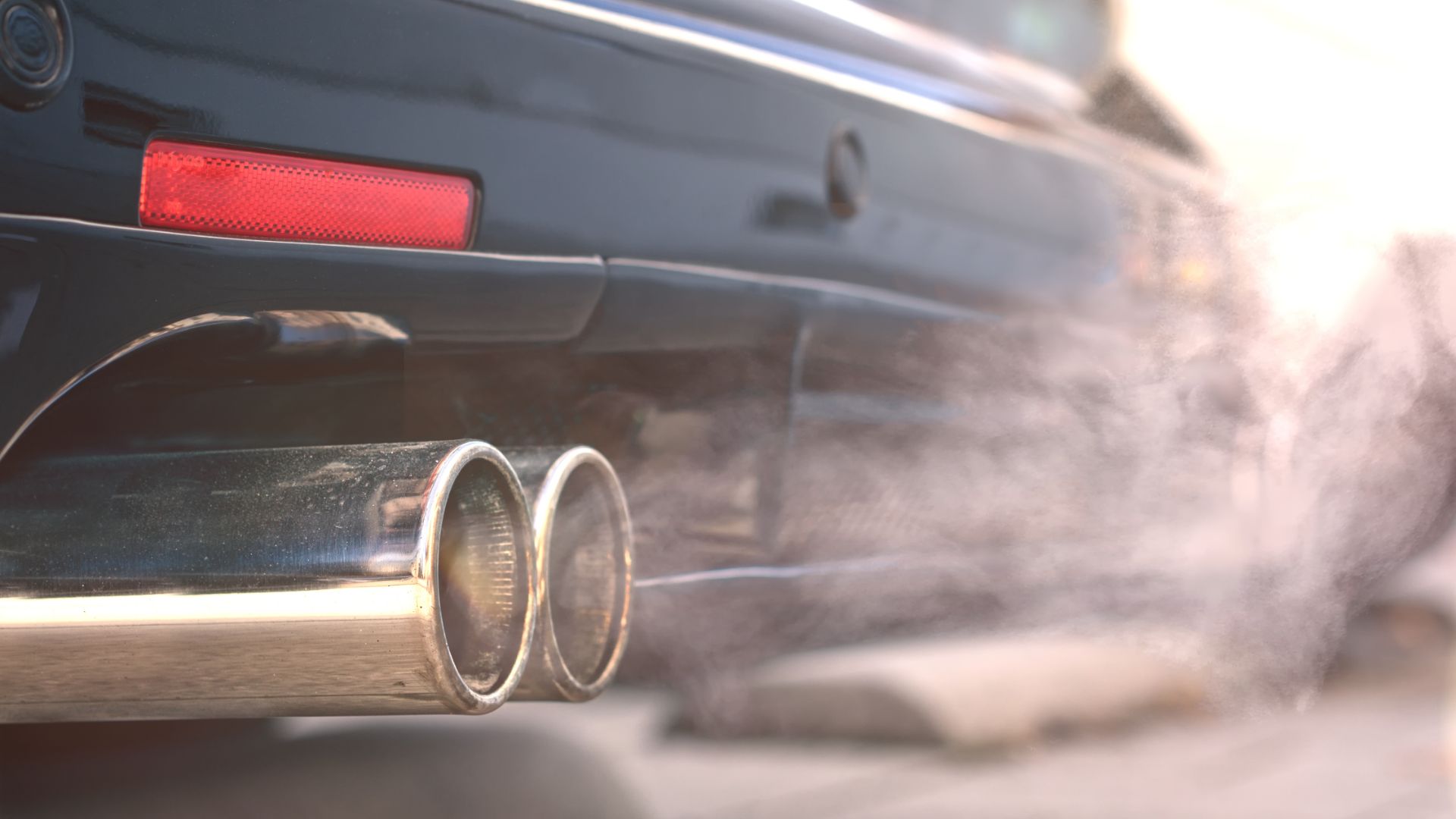
To test the theory, it worked with Auto Motor und Sport using four recent diesel models. Going to the extreme, they opened canisters of high intensity particles in front of the air intake on the cars as they idled for an hour. Particle concentration at the front soared from the 11,000 cm3 or-so ambient, to over 100,000 cm3.
In contrast, the particle concentration measured at the rear, near the exhaust, remained flat, even dropping to around 10,000 cm3 towards the end.
- Tyre emissions 1,000 times WORSE than exhausts
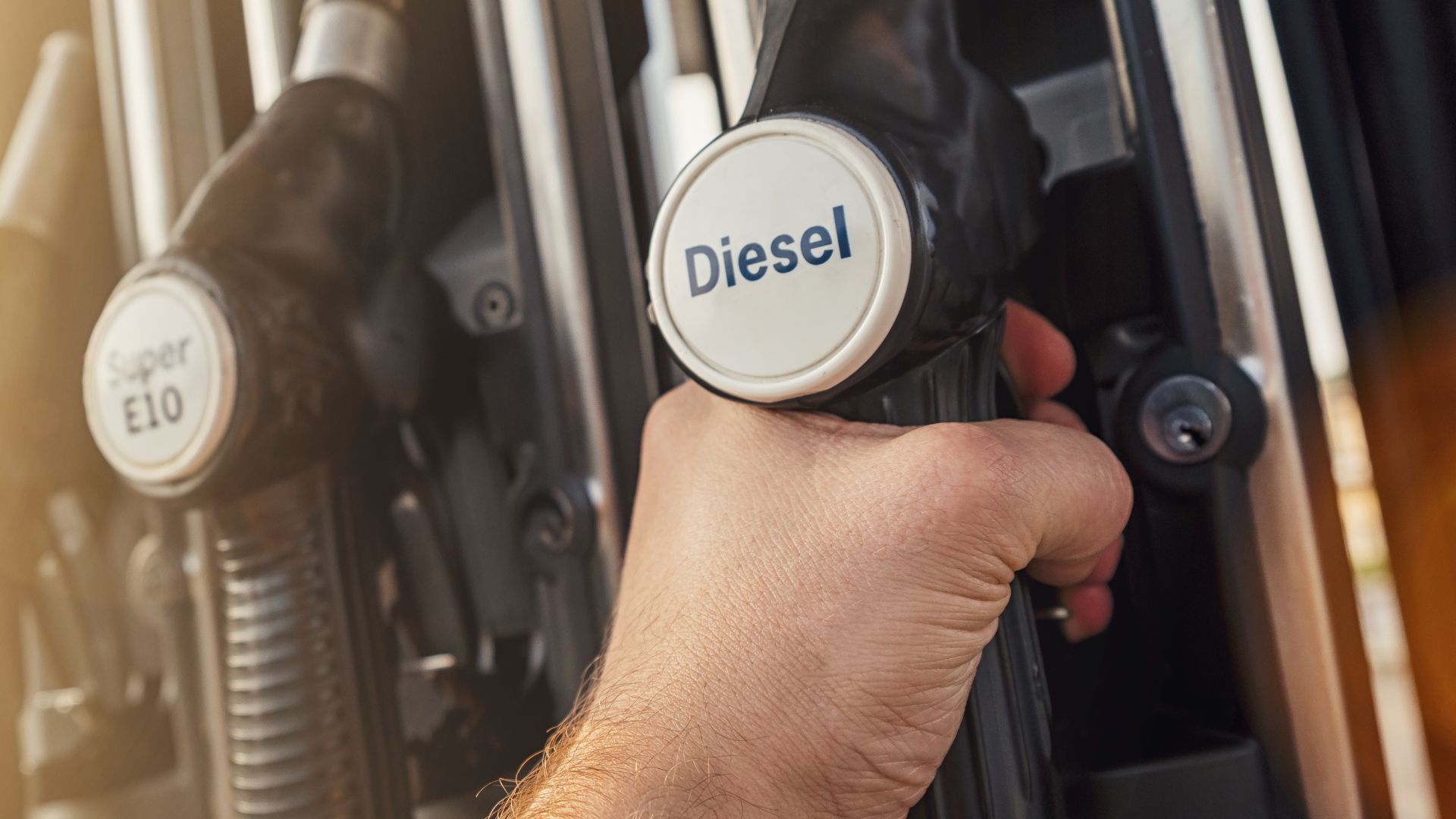
Then they moved to more realistic on-road testing for the four vehicles. Exhaust particles were measured from cold, neutral warm idle, under heavy load, and during DPF regeneration.
As best as possible, the typical operating conditions of a car day-to-day were simulated. Long distance, middle distance and short drives, with a mixture of cold and warm engine states, idling, heavy loads, regeneration conditions, etc.
The results were as follows:
- Idle: 10,246 cm3
- Warm engine: 15,803 cm3
- Cold start: 9,114 cm3
- Heavy load: 16,894 cm3
- Filter regeneration: 155,555 cm3
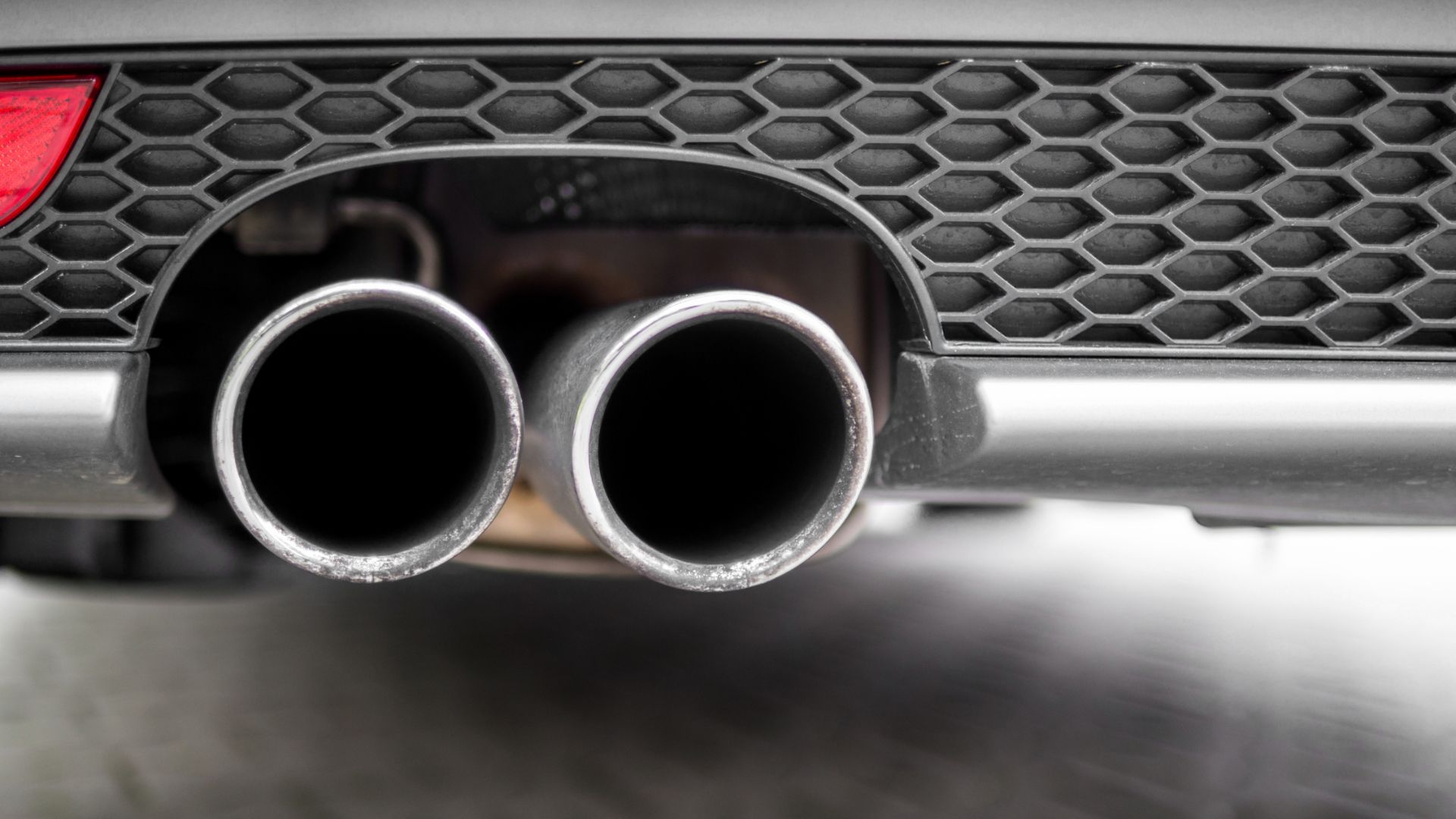
The standout result that Emissions Analytics cites, which it says it didn’t expect, is that the net addition of the car’s pollution is mostly dependent on the ambient air pollution. This reflects the way the car breathes air in, as well as the way it exhausts waste.
The overall results are staggering, with just two out of the six conditions showing emissions from the car being dirtier than the air the car is driving through. These were long distance and middle distance, in ‘clean air’ with an ambient of 10,000 cm3.
The ‘dirty air’ baseline was around 50,000 cm3. Over long distances, the cars removed around 27,984 cm3 from the dirty air. Over middle distances, they removed around 8,025 cm3 from the dirty air. On short drives, they removed around 40,886 cm3 from the dirty air.
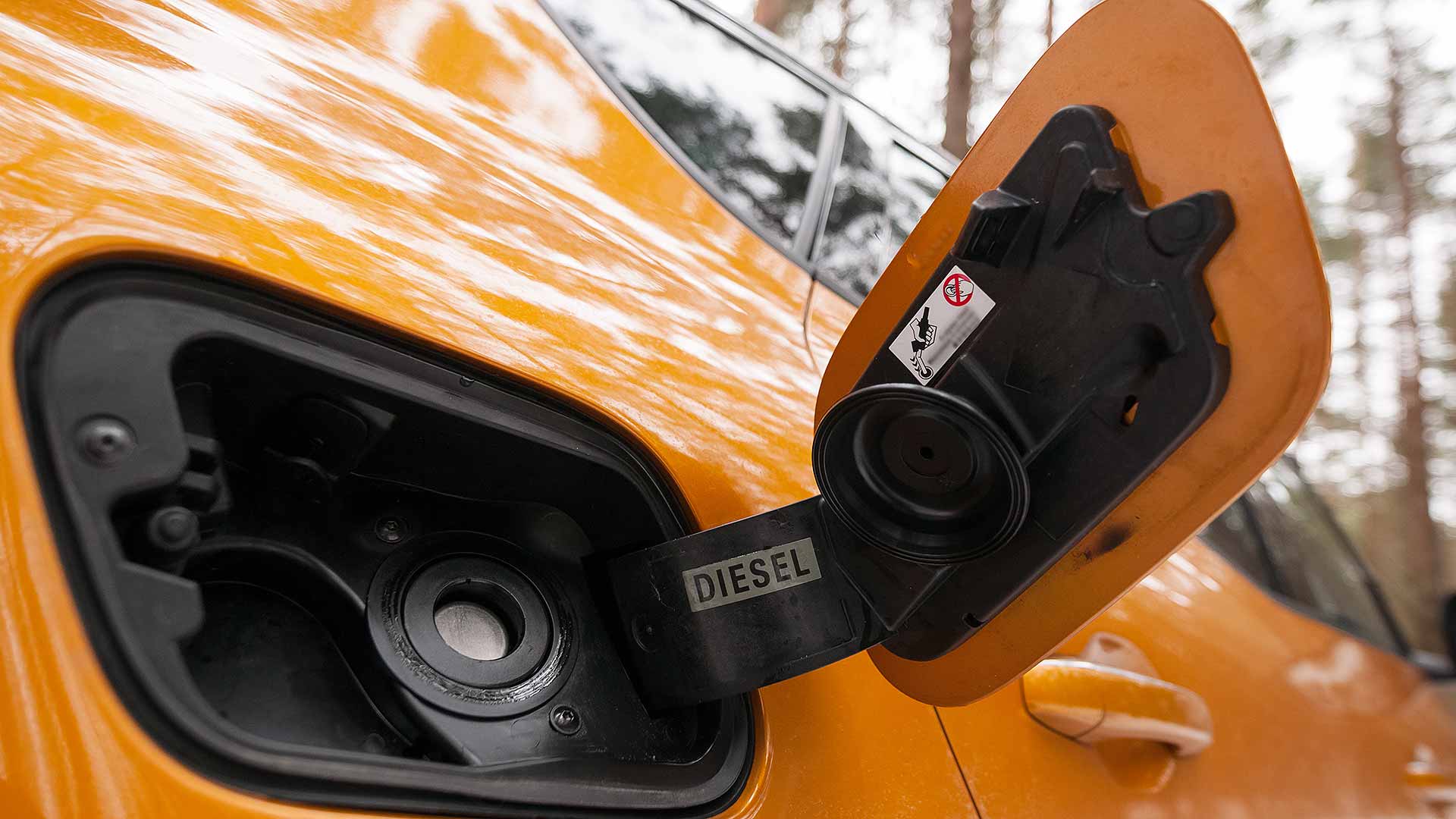
Even in clean air, as above at 10,000 cm3, a short drive removed 886 cm3 from the ambient air. Long distance and middle distance did, however, add 2,000 cm3 and 21,000 cm3 respectively.
Emissions Analytics clarifies, that it would be a broad stroke to say that diesel engines clean the air. This is purely a measurement of particulates, and ignores nitrogen oxides and other gaseous emissions.
It’s also worth considering that many diesels still on the road are pre-DPF models. The results, nonetheless, remain food for thought.